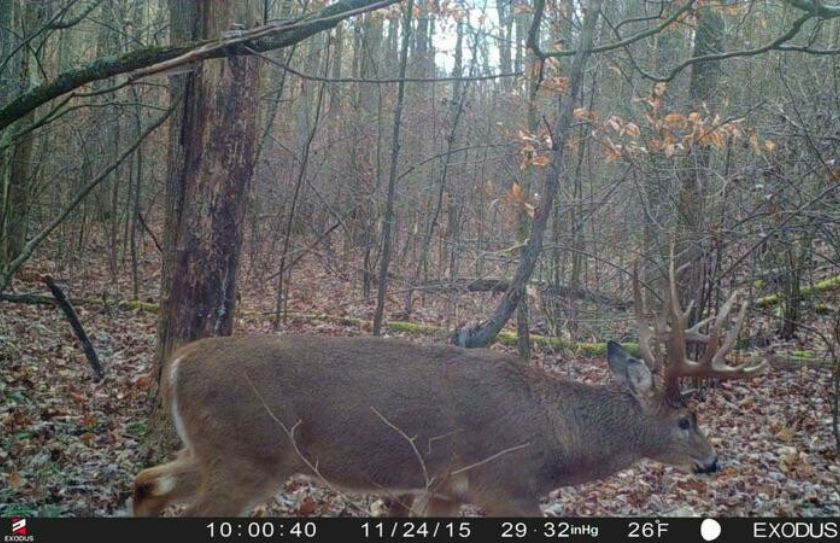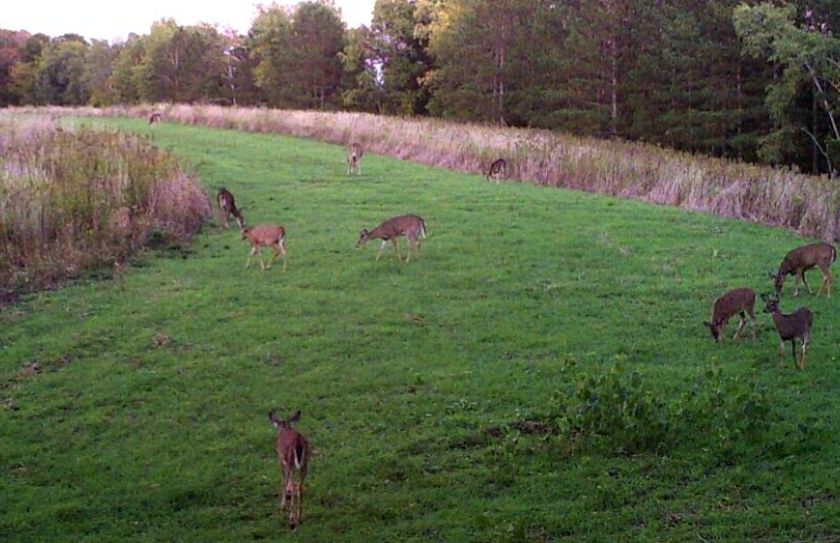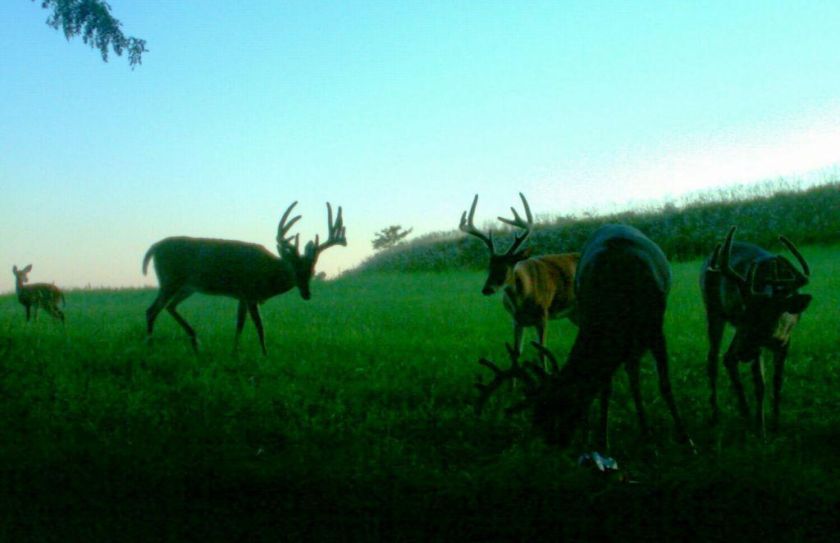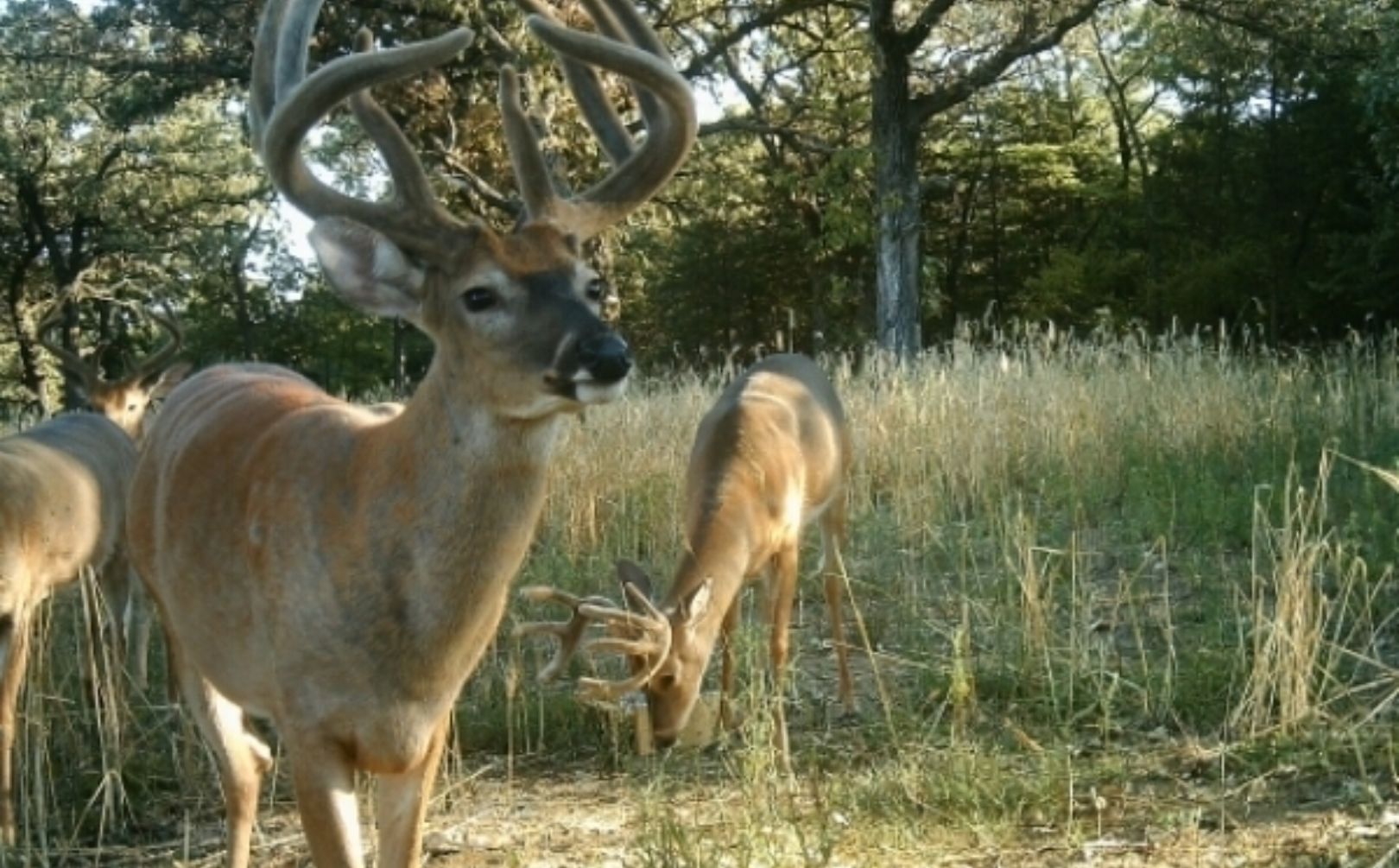
Do you love all things whitetail, like me? Are you passionate about not only hunting quality deer herds, but actually building quality deer herds as well? Well then this article is for you! I am extremely blessed to be able to do what I do. For 365 days a year, I am one of the few lucky individuals who get to actually live and breath the pursuit of quality deer herds full-time; and with those experiences I love to share what I find with you. If you are passionate about creating an incredible whitetail population on your hunting parcel, than there is no greater piece of advice that I can share with you than this: "Quality deer herds are built during the hunting season".
Each Fall the opportunities for attraction, protection, advancement, harvest and population control are all signficantly enhanced or destroyed during the hunting season. What happens on the land that you hunt? Does your habitat have what it takes? Does your hunting strategy have what it takes? I challenge you to follow along as this article explores the incredible opportunity that you have, to enjoy a quality deer herd.
Attraction
You can't build, what you can't attract. Does your land offer great food and cover during the Winter and Summer months? I personally think that if your land does than that is ideal! Healthier fawns, giant antlers and higher body weights are all very nice to see...but not at the expense of your hunting season attraction. The "lowest hole in the bucket" is during the Fall, so as long as that hole is plugged first, than by all means work up the towards the higher holes of Summer and Winter.
1. Summer
Should you even attract deer during the months of Summer? Summer food plots are fun to plant, and let's face it; it's pretty hard to not want to throw seed on the ground during the months of Spring. Summer food plots are also a great source of nutrition for nursing mothers and their fawns. However have you ever heard the term, "Doe Factory"? A doe factory occurs when the critical habitat needs of Fall, meets high quality Summer food sources. High stem counts of various grasses, shrubs and hardwood regeneration are vital Fall components and unless you have 100s, if not thousands of acres than those habitat components should be heavily featured on your hunting land. The only problem? Although mature bucks generally avoid those areas during the Summer months, doe family groups favor parcels of high stem count cover for their Summer fawning grounds. Simply put, the higher the attraction of Summer crops that you provide, the higher the risk for creating one giant antlerless herd on your hunting land.
*Are you creating a doe factory? Does take up the available space and bedding cover first. Too many does = a lack of bedding cover for mature bucks.
Many landowners have outstanding intentions, but instead of creating a balanced quality deer herd, they instead create a virtual doe factory of generous proportions. Doe family groups have a much smaller home range than mature bucks, who experience drastically different habitats from Summer to Fall. Happy Summer does...stay put during the Fall and when they do, they take over the often valuable resources of mature buck bedding opportunity.
2. Winter
It was pretty cool to see the collection of over 40 shed antlers that I was able to scour over during an Illinois proopery visit a few years ago. That's a lot of bone for 80 acres! In fact several mature monsters were collected during the months of February and March. Of course my next questions was, "What kind of bucks do you see during the season?" followed by the answer of, "Not very many." The 80 acres featured heavy conifer cover along with the Winter food sources of corn and brassica. The giant hardwoods on the land were professionally managed and beautiful, but the combination of conifer and Winter food sources left a pretty vacant combination for the months of hunting season. The results? Great place for sheds, maybe a few inches for the antlers the following year...but to what real benefit to both herd and hunter?
3. Spring
It's pretty hard not to have a very attractive parcel during the months of Spring. An explosion of Spring growth takes place just about anywhere, and is the most bountiful time in the deer woods. The ony exception is the period just prior to Spring green-up, which is the most often-missed-time in the deer woods. Nothing is green, the corn and beans have been completely consumed by any and every critter in the woods, and the annual reinforcements of green has yet to take place. This is where the power of rye or wheat can be oustanding, and the only green forage on the land that you hunt. It also comes at a perfect time for antler building bucks and pregnant does.
Is "Attraction and Nutrition" critical? It sure is! But try not to be lured into the attraction of planting the latest Summer food plot craze or Winter-only habitat, at the expense of the months of hunting season. If the lowest hole in the bucket is not plugged first, you may just end up with a pile of shed antlers and antlerless deer...instead of a quality deer herd. It pays to keep in mind that "Healthy dead bucks don't grow"-either.
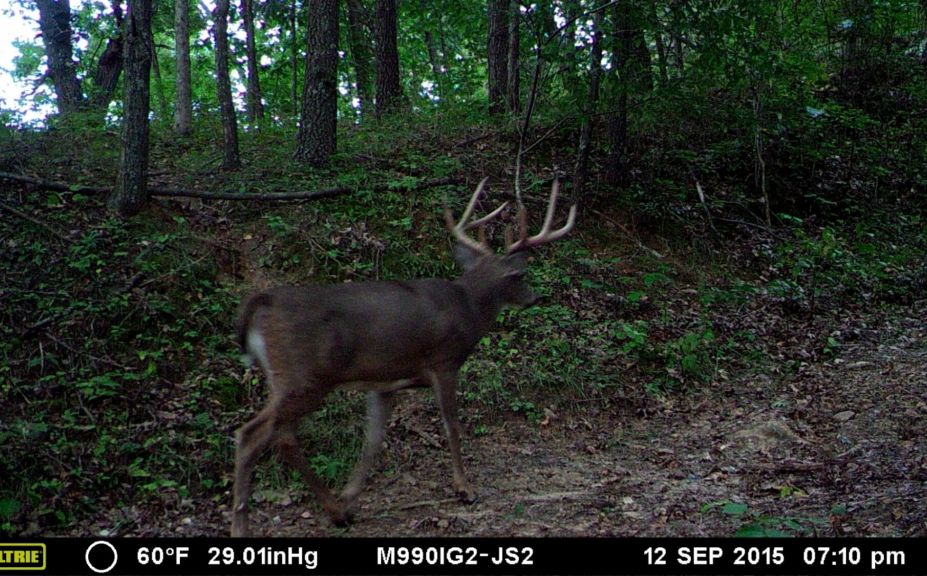
*Are you prepared for the annual shift of buck home range that takes place each Fall? Try reading, "The Shift of Whitetail Habitat", for a complete guide to understanding why mature bucks rarely reside in the Fall, where they do during the Summer.
Here are a few attraction strategies that have worked extremely well for myself and my clients:
1. What is the most critical time of the hunting season for your area? Mine is during the 6-8 weeks that surrounds the month of November. It pays to make sure that the level of attraction on your land is peaking in November...and not at another time of the year.
2. Focus on a variety of food species to attract, hold and protect deer during the daytime hours, on the land that you hunt. Think you can do it all with hardwood regeneration, hingecutting and other timber related activities? Then you are really missing the power of quality food sources to provide you with the ultimate level of attraction and definition of movement. Quality, season long food plots also define doe and buck bedding, and offer a natural alignment of deer activity that you can use to hold and protect deer during the daytime hours.
3. Make sure that the alignment of your habitat improvements are pointing parallel or to the interior of your land, and not towards the exterior. Food plots, deer travel corridors and timber cuttins can all lead deer off of your parcel if not planned carefully.
4. As a general rule, NEVER locate food adjacent to neighboring hunting pressure. Your neighbor's will may love you for it, but there is rarely a case, if ever, where this is advantageous to you or your deer herd.
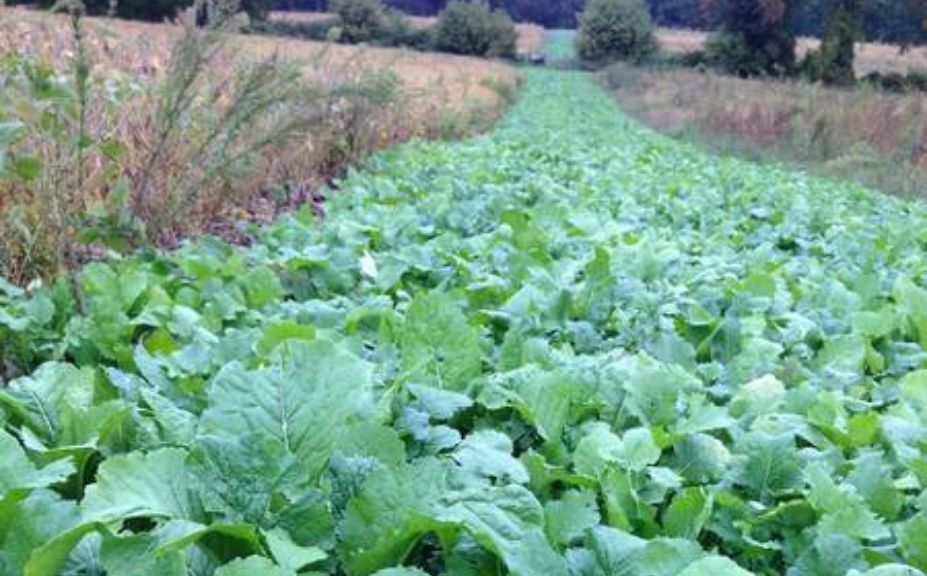
Hunting Methods
No amount of quality habitat improvement can make up for poor hunting methods. I have a friend in SW WI who feels that the "real hunters" shoot their bucks during October, and not November. Is this true? Of course not...at best he can sure be a "talker" at times. But he does bring up a valid point though, in that if your habitat and hunting activities are at a high enough level, then you shoudn't have to wait until November to shoot a mature buck.
I love to hunt during November and plan to do so in Ohio this year! I will be looking for a long-range cruiser to pass by a random bench somewhere deep in the State Forest. I have to admit that during October those Ohio giants are much more of a mystery to me. However on the lands that I manage, I have high expectations for myself and my clients during the period of time from the bow season opener to late October. Those bucks are there for the taking, so why wait?
High quality habitats and outstanding biologically balanced intentions receive an unfair level of attention when it comes to their contribution to building a quality deer herd. Here is a consistent sequence of events that I would like to share with you, while traveling across the country in the pursuit of building quality deer herds:
1. The concepts of a quality herd including older older bucks, better sex ratios and deer populations in balance with the habitat are realized
2. Habitat improvements take place to help to create a better deer herd
3. Harvest goals and standards are set in place to create a better deer herd
4. The attraction of the land greatly improves and more deer are attracted
5. Although the quality of intentions and habitat have improved, the level of hunting stays the same (afterall, you can't gain experience with something you haven't experienced)
6. The level of the attraction of the land is directly mirrored by the level of the detraction of the land
7. Antlerless numbers increase, nightime mature buck numbers increase, but nothing really ever changes within the ability of the land to attract, hold and build a quality deer herd because the level of hunting experience is below the level of herd, habitat and hunting intentions
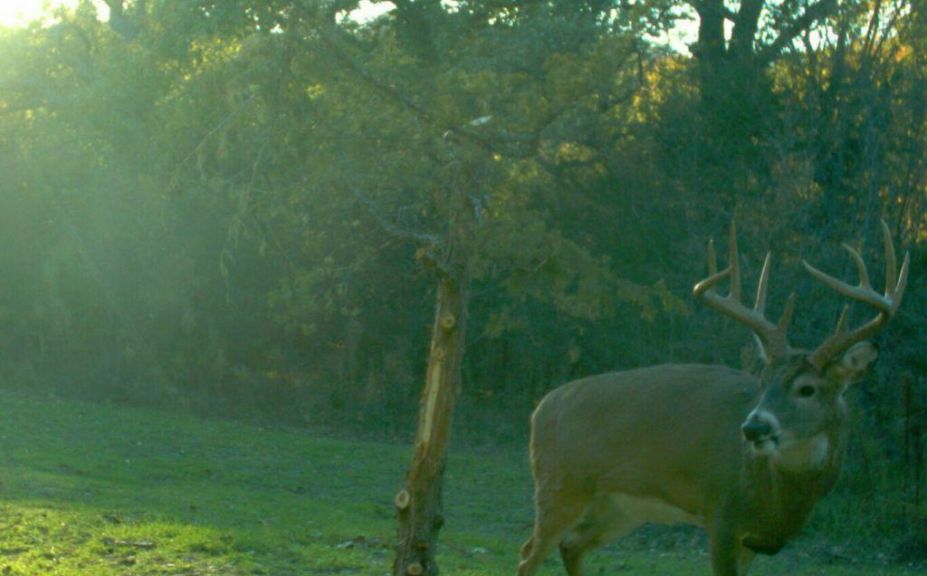
*Hunting plots carry the opportunity for just as much risk as reward, try reading "8 Critical Kill Plot Strategies" to make sure that you are finding much more reward, thank risk.
Have you ever experienced this? At some point the landowner is teased with the random harvest of a mature monster while placating their absence of true daytime mature buck movements with aggressive antlerless harvest and the premise they are "doing what is best for the herd". Afterall, great habitat and great intentions are all that it takes to produce a quality deer herd, right? I haven't personally found that it is.
Instead what I have experienced is that many landowners would have been far better off maintaining their intentions and goals for quality whitetails, while greatly decreasing their haibtat efforts. The attract/repel condition that takes place when hunting methods clearly do not match up with the level of habitat activities can easily do more harm, than good. When an effective hunting strategy is lacking, the land can easily become a chaotic, high antlerless population mess that is seen as a high-stress property to the local buck herd. The buck herd doesn't feel comfortable establishing a core daytime bedding presence on the land, the core does "rule the roost", and a buck herd that should have been, never becomes. In fact, often the attract/repel condition that takes place contributes to a reduction in both buck age structure and overall buck numbers because exterior neighbors that don't share the same quality deer herd intentions, are exposed to increased daytime buck activities of all ages.
Deer are attracted to the high quality habitats, hunting methods repel the deer that are attracted to those habitats, and neighboring hunters reap the rewards; both those that share the same intentions, and those who don't. Here are a few of my own personal "tried and true" hunting strategies:
1. Hunt the deer as if they had a gun, too! Of course the danger isn't in any way the same, but if you were a military sniper would you drive an ATV to the top of a ridge, step off and expect to be able to hide from an enemy target? This is how I have approached not only my hunting, but the entire creation of habitat, stand locations and access on the lands that I hunt or manage.
2. If the doe population on the land you hunt is tough to target, your hunting strategies need to change. Doe family groups will reliably travel from their daytime bedding areas to evening food sources every day during the season....if you let them! Does think and act in herd mentality and should be the easiest deer to target on the lands you hunt. If not, it is a sign that your land has been too aggressively hunted and it's time to readjust your "sniper tactics".
3. A good deer parcel, featuring a solid hunting plan of attack, can and should be hunted during the optimum conditions all season long. If you have to wait until November to shoot a giant, it could be a sign that your habitat or hunting approach is lacking.
4. In general, focus on evening hunting and scattered morning hunting during the early season, morning hunting during the rut, and back to almost purely evening hunting during the late season. Over 80% of my oldest and wisest buck harvests and encounters, have been shot during the morning hours in several states and that number continues to remain true, beginning in the late 80s.
5. It pays to focus on, and understand how to hunt cold fronts during the entire season. The weather will always tell you when to hunt, and will rarely let you down.
Conclusion
So you want to build a quality deer herd? So do I! In fact it's a deep passion of mine. But I think it's fair to ask, are you doing more harm than good, while practicing your current deer management and hunting efforts? Are higher holes in the bucket of deer and deer management being filled...while the potential of a great whitetail herd is rapidly leaking away through the gaping lower holes of hunting strategy and attraction misfires.
At the beginning of this article I shared something that I have experienced literally hundreds of times when I wrote, "Quality deer herds are built during the hunting season".Although I don't expect you to necessarily immediately believe my words, I ask that you reflect on the experiences that you have had while attempting to hold, attract, hunt and build the best whitetail herd that you can. It is so easy to get wrapped up in efforts that do not really matter when it comes to both creating and hunting the best herd that you can experience, within the given conditions and resources of the land that you hunt. Summer and Winter food plots, your own personal hunting methods, your habitat; have the lowest holes in your quality deer herd bucket been filled first?
